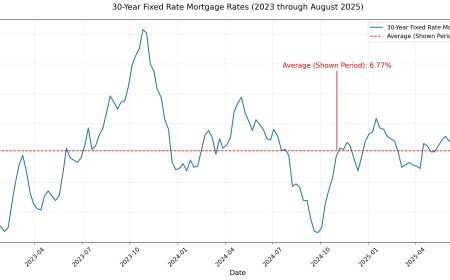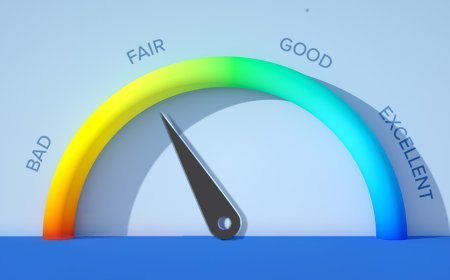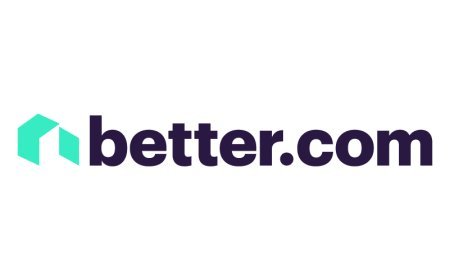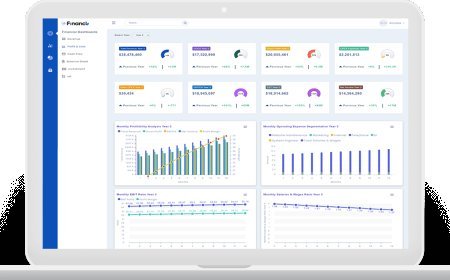Investment Tracking Apps: Manage Your Portfolio Like a Pro
Discover the best investment tracking apps to monitor your portfolio performance, analyze holdings, and make informed investment decisions.
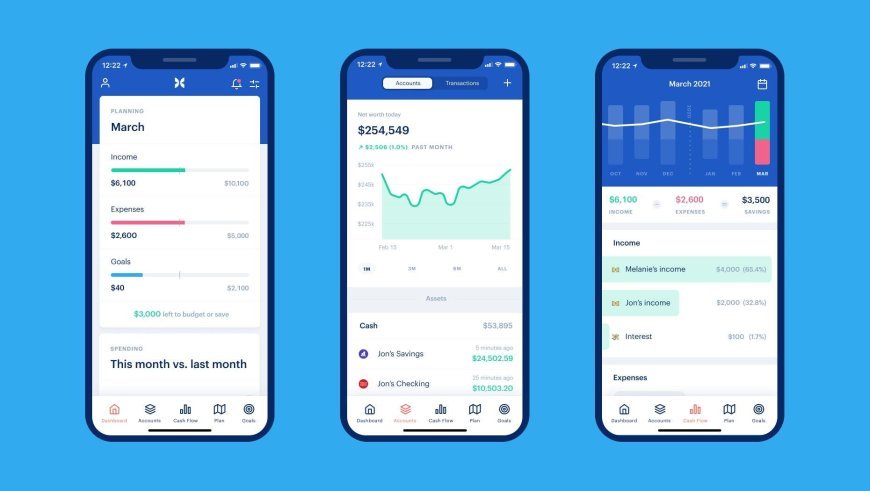
Investment tracking apps have revolutionized how investors monitor their portfolios, providing real-time data, performance analytics, and professional-grade tools that were once available only to institutional investors. Whether you're a beginner with a simple 401(k) or an experienced investor with complex holdings, the right tracking app can improve your investment decision-making and portfolio management.
Personal Capital stands out as the most comprehensive free investment tracking platform, connecting to virtually all financial accounts including bank accounts, credit cards, investment accounts, and retirement plans. The app provides detailed portfolio analysis, asset allocation breakdowns, fee analysis, and retirement planning tools. Its strength lies in providing a complete financial picture rather than just investment tracking.
Sharesight caters to serious investors who need detailed performance tracking and tax reporting. The platform tracks dividend reinvestment, currency conversions, corporate actions, and provides comprehensive performance reports with benchmark comparisons. Sharesight's paid plans start at $8.50 monthly and include features like advanced analytics and bulk import capabilities for large portfolios.
Tiller integrates investment tracking with budgeting by importing financial data into customizable spreadsheets. This approach appeals to users who want complete control over their financial tracking and analysis. Tiller costs $6.58 monthly and works with both Google Sheets and Microsoft Excel, allowing unlimited customization of investment tracking systems.
Yahoo Finance offers free portfolio tracking with real-time quotes, news, and basic performance analytics. While not as sophisticated as dedicated platforms, Yahoo Finance provides adequate tracking for casual investors who want simple portfolio monitoring without complex features. The mobile app includes watchlists, alerts, and market news integration.
SigFig provides free investment tracking focused on fee analysis and portfolio optimization. The platform connects to major brokerages and analyzes your holdings for excessive fees, poor diversification, and optimization opportunities. SigFig's strength is identifying problems in existing portfolios rather than providing comprehensive tracking features.
Quicken Premier includes robust investment tracking as part of its comprehensive personal finance software. The platform tracks performance, provides tax reports, and includes budgeting and bill management features. Quicken costs $51.99 annually and works best for users who want integrated financial management beyond just investment tracking.
Morningstar Premium ($34.95 monthly) offers institutional-quality research and analysis tools for serious investors. The platform includes detailed stock analysis, portfolio X-ray tools, analyst reports, and sophisticated screening capabilities. This service targets active investors who make individual stock selections and want professional research support.
Key features to evaluate when choosing investment tracking apps include automatic account synchronization to reduce manual data entry, real-time price updates for current portfolio values, performance analytics including time-weighted and money-weighted returns, asset allocation analysis to maintain target allocations, and fee analysis to identify high-cost investments.
Security considerations are paramount when choosing investment tracking apps since they access sensitive financial information. Look for platforms that use bank-level encryption, offer two-factor authentication, maintain read-only access to accounts, and have strong privacy policies. Avoid apps that request write access to your investment accounts or have poor security track records.
Integration capabilities can enhance the value of investment tracking apps. Some platforms connect with tax software for easier tax preparation, sync with budgeting apps for comprehensive financial management, or integrate with brokerage platforms for seamless data flow. Consider how the tracking app fits into your broader financial management ecosystem.
Mobile functionality varies significantly between platforms, with some offering full-featured mobile apps while others provide limited mobile access. If you frequently check your portfolio on mobile devices, prioritize apps with excellent mobile interfaces and offline capabilities for viewing data without internet connectivity.
Customization options allow you to tailor tracking apps to your specific needs. Look for platforms that support custom benchmarks for performance comparison, allow manual adjustments for account types not supported by automatic sync, provide customizable reporting periods and formats, and offer flexible alerting options for portfolio changes.
Cost considerations include both subscription fees and opportunity costs of time spent managing the tracking system. Free platforms like Personal Capital and Yahoo Finance provide adequate functionality for most investors, while paid platforms offer advanced features that may justify costs for serious investors with complex portfolios.
Data accuracy represents a critical factor in investment tracking effectiveness. Some platforms struggle with complex investments like options, international stocks, or alternative investments. Verify that your chosen platform accurately handles all your investment types and provides reliable performance calculations.
Reporting capabilities help you understand portfolio performance and make informed decisions. Look for platforms that provide performance attribution analysis to identify which investments are helping or hurting returns, asset allocation drift reports to maintain target allocations, and tax-loss harvesting opportunities to optimize tax efficiency.
Implementation strategies for effective investment tracking include consolidating accounts at fewer brokerages to simplify tracking, setting up regular review schedules to act on tracking insights, establishing benchmark comparisons to evaluate performance objectively, and using alerts to stay informed about significant portfolio changes without obsessive monitoring.
Common mistakes in investment tracking include over-monitoring portfolios leading to emotional decisions, focusing on short-term performance rather than long-term trends, ignoring fees and expenses that erode returns, and failing to act on insights provided by tracking platforms. Use tracking tools to improve decision-making rather than just monitoring for entertainment.
Advanced features available in some platforms include tax-loss harvesting optimization, portfolio rebalancing recommendations, risk analysis using Monte Carlo simulations, and factor analysis to understand portfolio exposures. These features benefit sophisticated investors but may overwhelm beginners with unnecessary complexity.
The choice of investment tracking app should align with your investment approach, portfolio complexity, and desired level of detail. Passive investors with simple portfolios may need only basic tracking, while active investors managing individual stocks benefit from comprehensive analysis tools. Start with free platforms and upgrade to paid services only if you need specific advanced features.
What's Your Reaction?
 Like
0
Like
0
 Dislike
0
Dislike
0
 Love
0
Love
0
 Funny
0
Funny
0
 Angry
0
Angry
0
 Sad
0
Sad
0
 Wow
0
Wow
0







